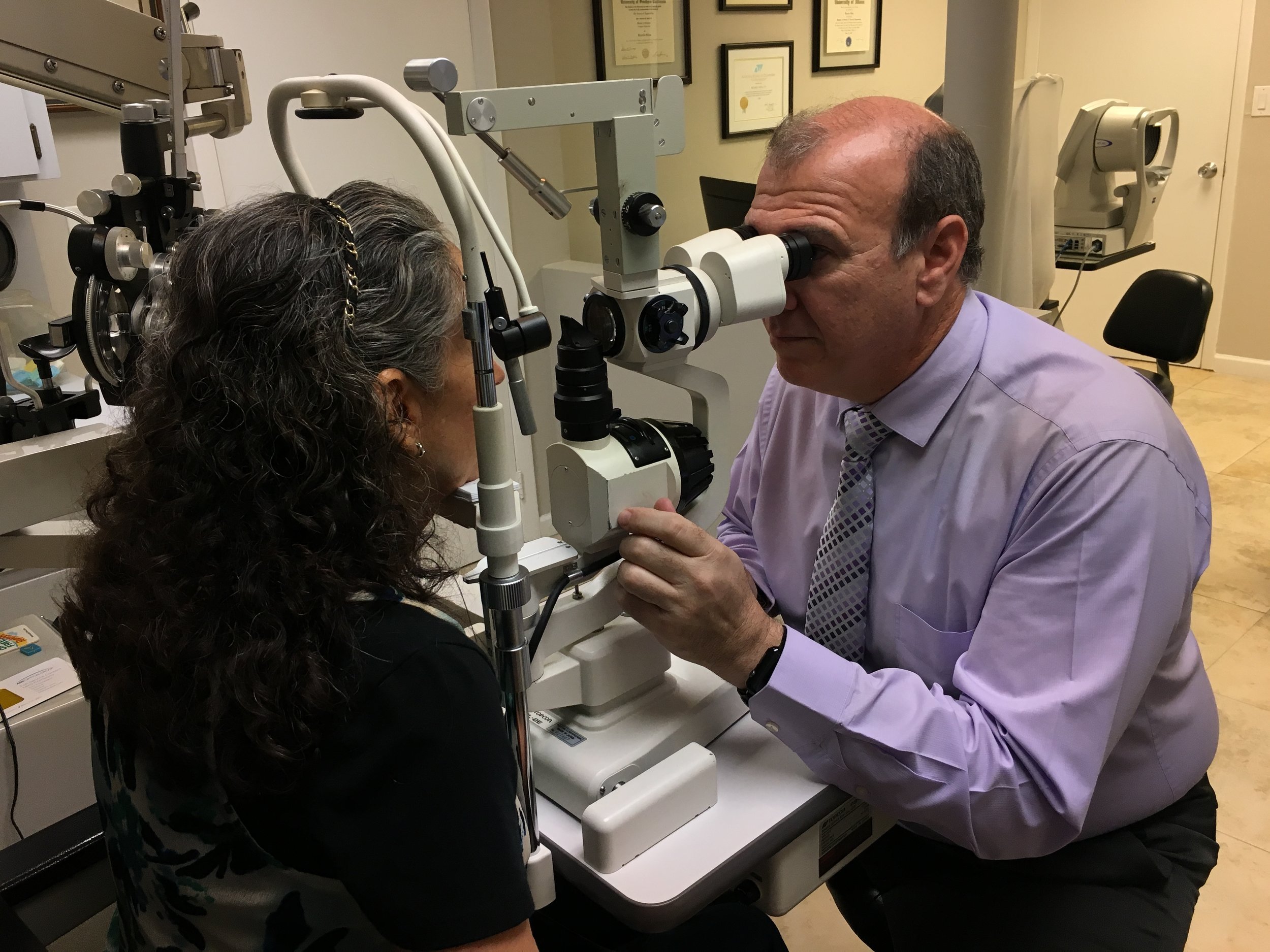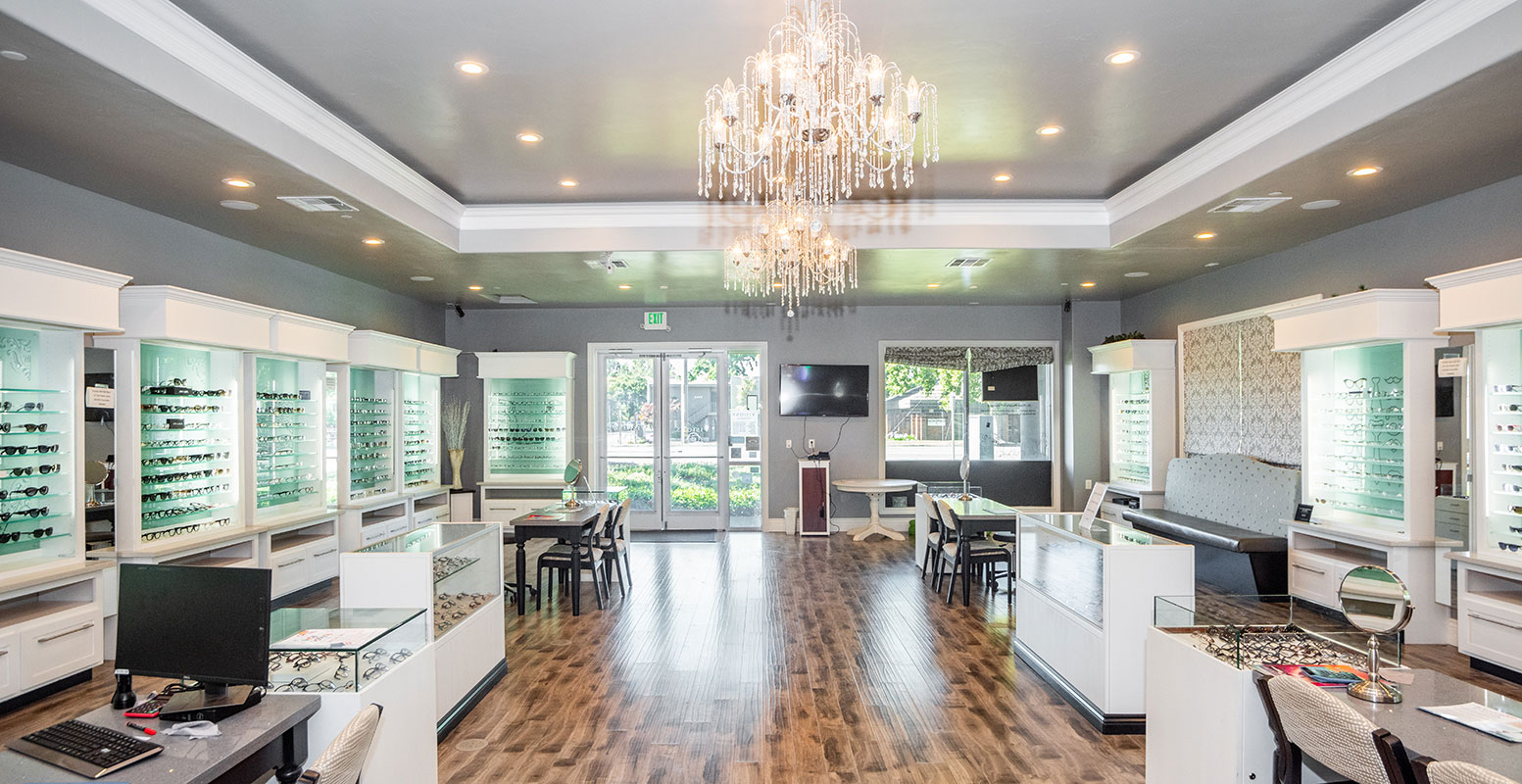The Relevance of Regular Examinations with an Eye Doctor Optometrist
The Relevance of Regular Examinations with an Eye Doctor Optometrist
Blog Article
Checking Out the Most Current Technical Developments in Optometry and What They Mean for Optometrists
From the accuracy of Optical Comprehensibility Tomography to the nuanced insights supplied by AI-driven analysis tools, these advancements are establishing brand-new standards in individual analysis and therapy. As these innovations permeate the technique, optometrists are faced with the challenge of welcoming these devices to improve person results.
Innovations in Diagnostic Equipment
Advancing the field of optometry, developments in diagnostic devices have actually transformed the means eye care professionals examine and diagnose visual impairments and eye problems. The previous years has witnessed significant technical innovations, making it possible for even more exact and extensive evaluations.
Another trick advancement is the intro of advanced corneal topography systems, which map the surface area curvature of the cornea with precision. These tools are specifically helpful for fitting get in touch with lenses and detecting corneal disorders. In addition, digital retinal imaging has changed conventional ophthalmoscopy, using in-depth, panoramic views of the retina that assist in comprehensive aesthetic assessments.
The development of wavefront aberrometry has additionally been important, allowing the analysis of refractive mistakes with unparalleled precision (Eye Doctor). This technology assists in customizing corrective lenses and boosting surgical results for refractive surgeries. Collectively, these diagnostic innovations encourage optometrists to provide exceptional person care, making certain very early intervention and tailored therapy methods, inevitably enhancing aesthetic health outcomes
AI in Individual Administration
Structure on the structure of advanced analysis devices, the unification of expert system (AI) in person management represents a transformative jump for optometry. AI systems are progressively utilized to improve effectiveness, accuracy, and personalization in patient treatment. By analyzing huge amounts of data, AI can recognize patterns and predict possible ocular problems, enabling eye doctors to customize treatments better. This capability is essential in managing chronic eye illness such as glaucoma and diabetic person retinopathy, where early discovery and continual monitoring are crucial.
Furthermore, AI-driven systems help with structured patient interactions and management processes. Automated scheduling, virtual assessments, and personalized follow-up plans not only enhance client fulfillment however additionally enhance time management for experts. These systems can triage people based upon the seriousness of their problems, ensuring that those in vital requirement receive timely focus.
Moreover, AI improves decision-making by providing optometrists with evidence-based recommendations and therapy pathways. By integrating information from electronic wellness records, AI devices offer insights that notify professional choices, reducing the threat of errors and boosting patient results. As AI remains to advance, its function in client management will likely expand, reshaping the landscape of optometric care.
Advancements in Retinal Imaging
In the realm of optometry, retinal imaging has seen impressive technological advancements that are improving analysis capacities and person care. Innovations such as Optical Coherence Tomography (OCT) and fundus photography have reinvented how eye doctors assess the retina and picture.
Boosted imaging methods like OCT angiography are additional refining diagnostic precision. This non-invasive method maps blood circulation in the retina, offering critical insights into vascular wellness without the demand for dye injections. Additionally, adaptive optics technology is being integrated into retinal imaging systems to fix eye aberrations, supplying unmatched picture quality. Such improvements promote the recognition of min retinal modifications that might symbolize condition progression.
Furthermore, improvements in expert system are augmenting retinal imaging by enabling automatic evaluation of big datasets. These systems assist optometrists in identifying patterns a measure of pathology, consequently improving diagnostic accuracy and efficiency. Collectively, these innovations are changing retinal imaging into a keystone of modern-day eye treatment, boosting end results and expanding therapeutic possibilities.
Teleoptometry's Expanding Function
Teleoptometry is significantly ending up being an essential part of eye care, driven by developments in digital interaction and analysis devices. As optometry accepts electronic makeover, teleoptometry facilitates remote assessments, allowing eye doctors to extend their solutions past standard borders. This is specifically beneficial in underserved and country areas where accessibility to specialized eye care is commonly minimal. By leveraging high-resolution video clip conferencing and advanced retinal imaging, eye doctors can perform detailed eye examinations from afar, making certain timely diagnosis and therapy.
The assimilation of synthetic intelligence (AI) additional enhances teleoptometry, visit this page allowing the analysis of aesthetic data and helping in the discovery of eye conditions such as glaucoma and diabetic person retinopathy. AI-powered algorithms can quickly analyze complicated imaging information, providing optometrists with useful insights that boost medical decision-making.
Additionally, teleoptometry supports continuity of treatment via smooth integration with electronic wellness documents (EHRs), enabling eye doctors to preserve thorough person backgrounds. This ensures that patients obtain tailored and constant treatment even when seeking advice from various practitioners.
In spite of these benefits, difficulties continue to be, consisting of making sure information security and handling person expectations. However, teleoptometry stands for a significant stride towards even more accessible, efficient, and patient-centered eye treatment. As technology advances, its role is poised to broaden better.

Future Fads in Eye Care
A myriad of ingenious patterns is established to reshape the future of eye care, driven by technological advancements and the developing demands of clients. One considerable pattern is the assimilation of expert system (AI) in diagnostics, her response which assures to improve the accuracy and efficiency of eye assessments. AI formulas can assess large quantities of information from retinal pictures, possibly detecting conditions like diabetic person retinopathy and glaucoma earlier than standard techniques.
Moreover, customized medicine is obtaining traction in optometry, with genetic screening informing customized treatment plans. This technique aims to maximize individual results by tailoring interventions to private genetic accounts. Wearable technology, such as clever contact lenses, is additionally on the perspective, providing real-time tracking of intraocular stress or sugar degrees, hence supplying continual understandings into eye and systemic health.
The fostering of increased truth (AR) and online reality (VR) in training and client education and learning is one more emerging trend. These modern technologies offer immersive experiences that can improve understanding and skills both for eye doctors and patients. As these patterns evolve, eye doctors should stay abreast of technical innovations to give innovative treatment, ensuring enhanced client results and contentment in the vibrant landscape of eye treatment.
Conclusion

Collectively, these analysis innovations equip optometrists to deliver remarkable individual care, making certain very early intervention and tailored treatment strategies, inevitably enhancing visual health end results.

As these innovations continue to develop, eye doctors should adapt and include them into technique, eventually enhancing process performance and boosting the criterion of eye treatment supplied to people.
Report this page